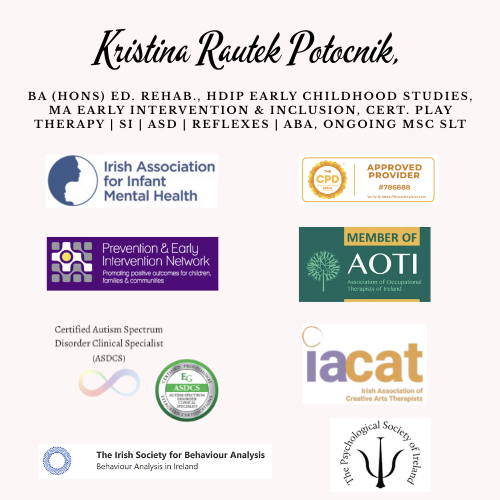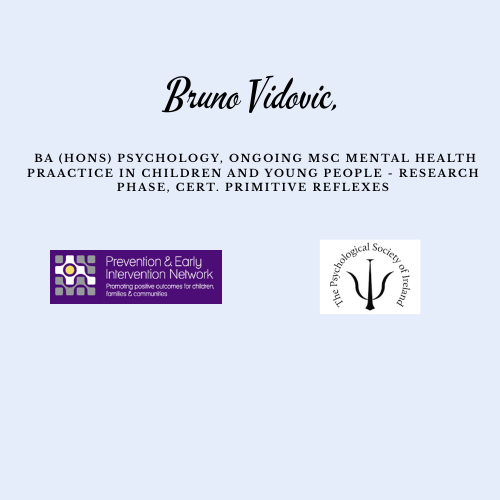NeuroNest – Blending Traditional Wisdom and Modern Tools to Support Every Child
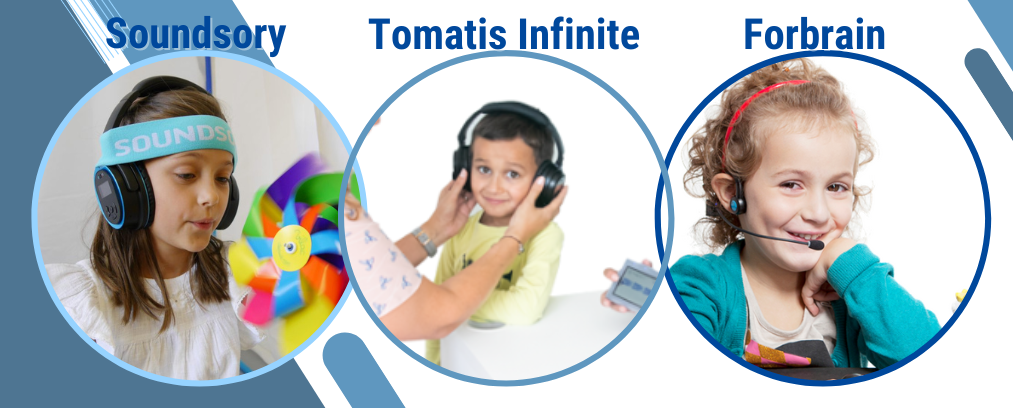
Author: NeuroNest
At NeuroNest, we believe that helping a child grow and develop well doesn’t come from using just one method. Instead, we combine trusted traditional approaches with new, science-based tools. This balanced mix helps us support each child in a more complete and meaningful way.
We don’t see tradition and technology as opposites – we see them as partners. That’s why, alongside classic activities like movement, listening games, and language play, we also use advanced programs like SOUNDSORY®, TOMATIS®, and Forbrain®. These modern tools are designed to work with the brain’s natural abilities, helping children learn, focus, move, and communicate more effectively.
SOUNDSORY® – Moving and Listening in Harmony
For many years, movement and rhythm have been known to help brain development. SOUNDSORY® builds on this idea by combining specially designed music with body exercises. The music is full of clear, steady rhythms that help the brain stay focused, while the movements help children improve balance, coordination, and body awareness.
At NeuroNest, we use SOUNDSORY® to support children who have challenges with sensory processing, motor skills, attention, or communication. Parents often tell us they notice improvements in their child’s sleep, focus, ability to follow instructions, and confidence – all thanks to this playful and structured program.
TOMATIS® Method – Helping the Brain Through Sound
The TOMATIS® method is a gentle and natural way to support brain development through listening. Using Mozart’s music, chants, and specially filtered sound, the program trains the ear and brain to work better together. This helps children improve attention, speech, reading, balance, and even emotional regulation.
In our center, TOMATIS® is often used with children who struggle with focus, speech delays, dyslexia, or motor planning. One of its most unique features is the “surprise” effect in the music – sudden changes in pitch or volume that gently encourage the brain to stay alert and active.
Our team carefully guides each child through the sessions, creating a peaceful and positive environment where they can grow in their own rhythm.
Forbrain® – Helping Children Hear Themselves Differently
Forbrain® is a special headset that uses the child’s own voice to help improve speech and attention. When a child speaks while wearing Forbrain, their voice is sent back to them through bone conduction – meaning they feel it more than they hear it. This type of feedback helps the brain become more aware of how the voice sounds and works.
In NeuroNest, we see great results when using Forbrain® with children who are shy, have trouble speaking clearly, or need extra support with reading and memory. Parents often tell us their child starts speaking more, with better confidence and clearer words.
Every Forbrain session is closely supported by a professional to make sure it fits the child’s needs and progress.
Why This Combination Matters
At NeuroNest, we believe that no one method works for every child. That’s why we carefully choose the right mix of traditional practices and modern tools. We respect each child’s pace, strengths, and challenges, and we always aim to create a warm, supportive environment where they feel safe to learn and grow.
Using programs like SOUNDSORY®, TOMATIS®, and Forbrain® is not about replacing play, connection, or hands-on learning – it’s about enhancing them. These tools help us reach the brain through sound, movement, and rhythm, while our hearts stay focused on what matters most: the child in front of us.
If you’re curious to learn how these programs might help your child, feel free to reach out. At NeuroNest, we’re here to support you every step of the way – with care, knowledge, and a deep belief in your child’s potential.
Latest Posts
- How children make sense of the world through their senses
- How your baby learns about the world through their senses
- Helping your child grow stronger through movement and play
- Understanding How Early Intervention Helps Children Learn, Move, and Connect
- How to Recognise Tactile Defensiveness and Help Your Child Feel Safe
- Understanding Feeding Challenges and How to Support Your Child at Home
- Let’s Talk Sitting: Exploring Floor Seating Options
- Retained Primitive Reflexes: The Hidden Cause Behind Developmental Struggles
- Where Curiosity Blossoms: How Children's Play Nurtures Growth for All
- Helping Your Child Through Stress: A Gentle Guide for Parents
- Sweet Little Lies – How to Recognise and Respond with Care
- Chores Are More Than Just Tasks – They’re a Tool for Growing Independence, Focus, and Confidence
- How to Help Children Develop Emotional Intelligence
- Blending Technology and Care: How VR Meta Quest Supports Children at NeuroNest
- A simple guide for parents who want to raise confident, happy children
- Setting Boundaries with Love: A Simple 3-Step Guide for Parents
- Understanding Behavior Through the Nervous System
- A Compassionate Lens on Dysregulation in Non-Speaking Autistic Individuals
- Supporting Development Through Movement: The Role of the Swing in Early Intervention
- Blending Tradition and Innovation: How NeuroNest Supports Your Child’s Unique Journey
- When Movement Meets Innovation: Supporting Child Development with GoBalance
- Why Visual Perception Matters for Everyday Life and Development
- Benefits of Chess in Early Intervention
- Building Healthy Nutrition from the Start
- A Journey Back to Your True Self
- Supporting Your Child’s Hand Skills for Confident Writing
- Blending the Best of Both Worlds
- Helping Toddlers Eat Well: A Parent’s Guide
- Why Tummy Time Matters for Your Baby's Development
- Helping Your Child Build Everyday Independence
- Who Are the Disconnected Kids?
- From First Tries to Automatic Habits: Understanding the Stages of Skill Learning
- Why a Child’s Level of Alertness Matters for Memory and Learning
- Early brain development starts before birth
- Why Slowing Down, Adapting Tasks, and Adding Breaks Helps Children Learn Better
- Why ADHD, Autism, Dyslexia and Other Challenges Need a New Approach
- The surprising power of copying in child development
- Books are more than just language tools—they’re powerful allies in sensory and motor development.
- Rethinking sensory support: moving beyond expensive rooms toward everyday understanding.
- Understanding how fear develops in a child’s brain
- Understanding how an early baby reflex can affect your child’s daily life
- A gentle start into baby development through movement and bonding
Our Partners

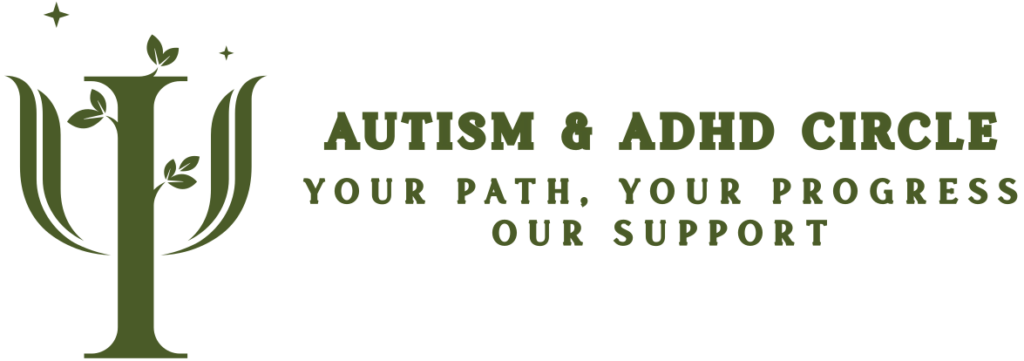
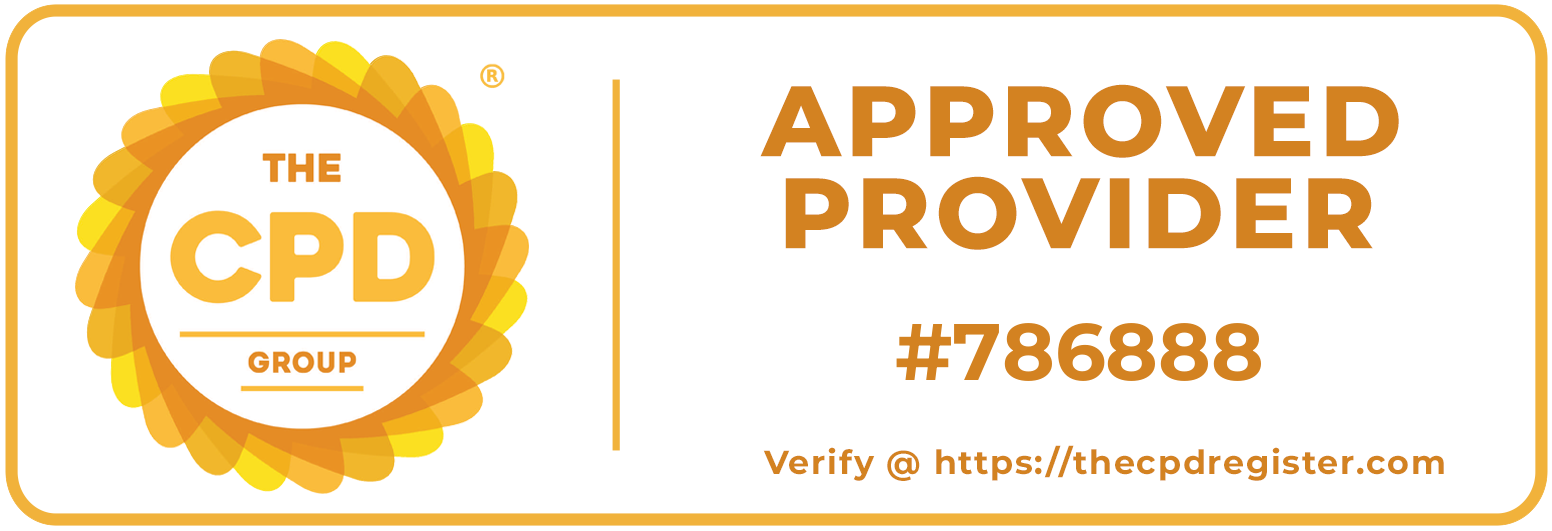
Our Memberships
